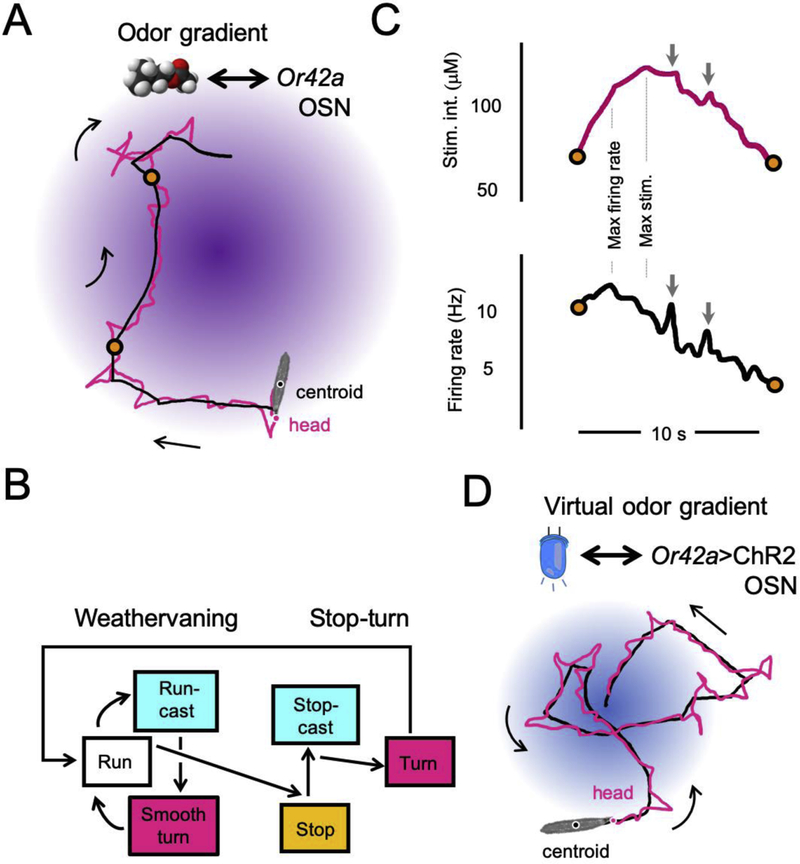Figure 1: Larval chemotaxis in a real odor and a virtual-odor gradient.
(A) Trajectory of a larva with olfactory function restricted to the Or42a-expressing olfactory sensory neuron (OSN) responding to a gradient of isoamyl acetate (fruity odor). A schematic diagram of the odor gradient is depicted in purple. The positions of the centroid (black) and the head (magenta) of the larva are shown in the foreground. The two orange circles denote the turns flanking the beginning (bottom) and the end (top) of a run segment. Scale bar: the length of the larva is roughly equal to 4 mm. (B) Diagram of the most frequent transitions between the main behavioral programs (actions) underlying larval chemotaxis. Run-casts refer to low-amplitude lateral head movements implemented without interruption of forward peristalsis. Stop-casts refer to wide-amplitude lateral head movements occurring during stops. This diagram does not exhaustively account for all possible behavioral transitions a larva can undergo. (C) Time courses of the odor concentration and the Or42a OSN activity corresponding to the “run” segment shown in panel B. The concentration of the odor is reported in micromolar μM (top-magenta) and the firing activity is reported in Hz (black-bottom). The time point where the stimulus intensity reaches its maximum does not correspond to the time point where the activity of the Or42a OSN reaches its maximum (dashed vertical lines). Localized positive gradients (gray arrows) due to lateral head casts can produce significant bursts in the firing activity of the Or42a OSN. (D) Chemotactic behavior of a larva expressing channel-rhodopsin in its Or42a OSN. The light gradient was produced with a closed-loop tracker. The centroid (black) and tail (magenta) positions illustrate the strong chemotactic behavior elicited by the virtual-odor gradient. Panels B-D are redrawn from [26].

